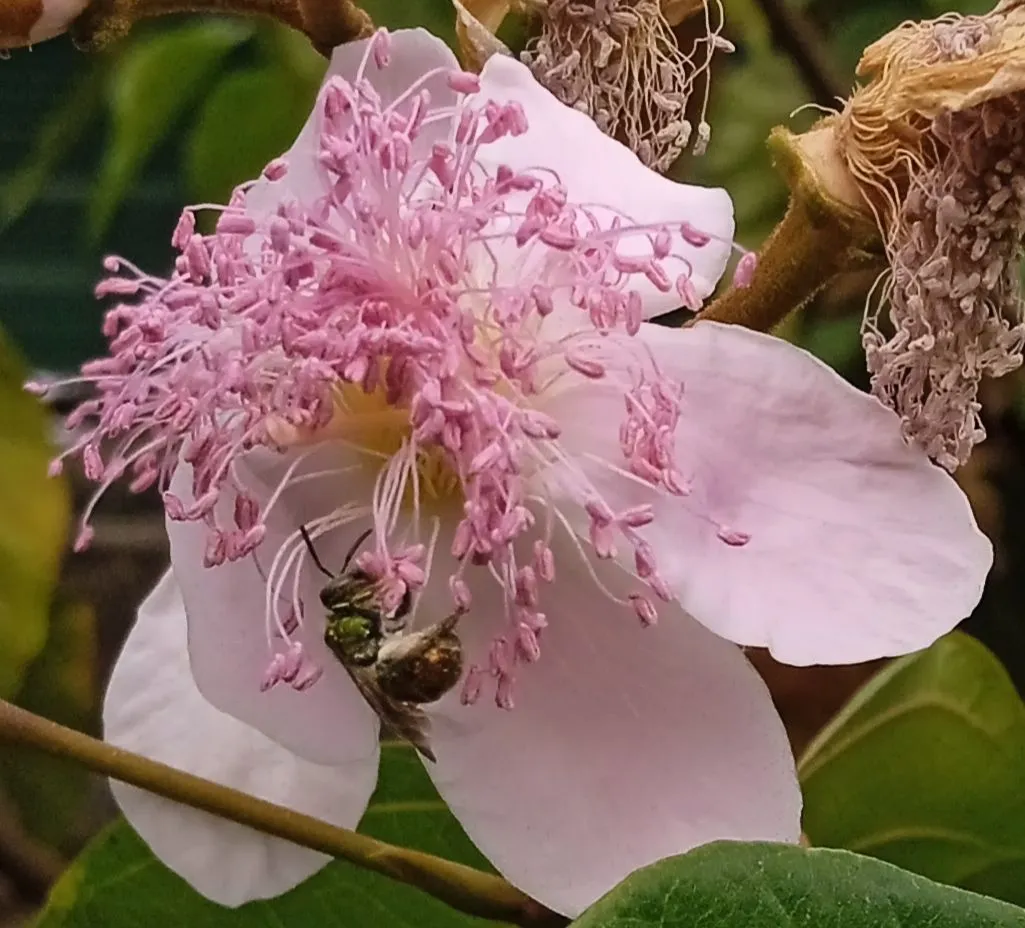
Hello dear Hive friends and nice Petals community.
In my country, Venezuela, we have a very tasty typical Christmas dish that is like a corn dough cake stuffed with minced pork and beef, stewed and accompanied by chicken, onion, paprika, raisins, egg, potatoes, capers and olives. , wrapped all this in banana leaves tied with wick.
Is our traditional "Hallaca", and there may be some variants in different regions, with more or fewer ingredients, but basically it must have that set and the coloration of the dough, which is made with onoto seeds (Bixa orellana).
Hola apreciados amigos de Hive y linda comunidad de Petals.
En mi pais, Venezuela, tenemos un plato navideño típico muy sabroso que es como un pastel de masa de maíz rellena de carne de cerdo y res picadas, guisadas y acompañadas de pollo, cebolla, pimentón, pasitas, huevo, papas, alcaparras y aceitunas, envuelto todo esto en hojas de plátano amarradas con pabilo.
Es nuestra tradicional "Hallaca", y pueden existir algunas variantes en diferentes regiones, con más o menos ingredientes, pero básicamente debe llevar ese conjunto y la coloración de la masa, la cual se hace con semillas de Onoto (Bixa orellana).
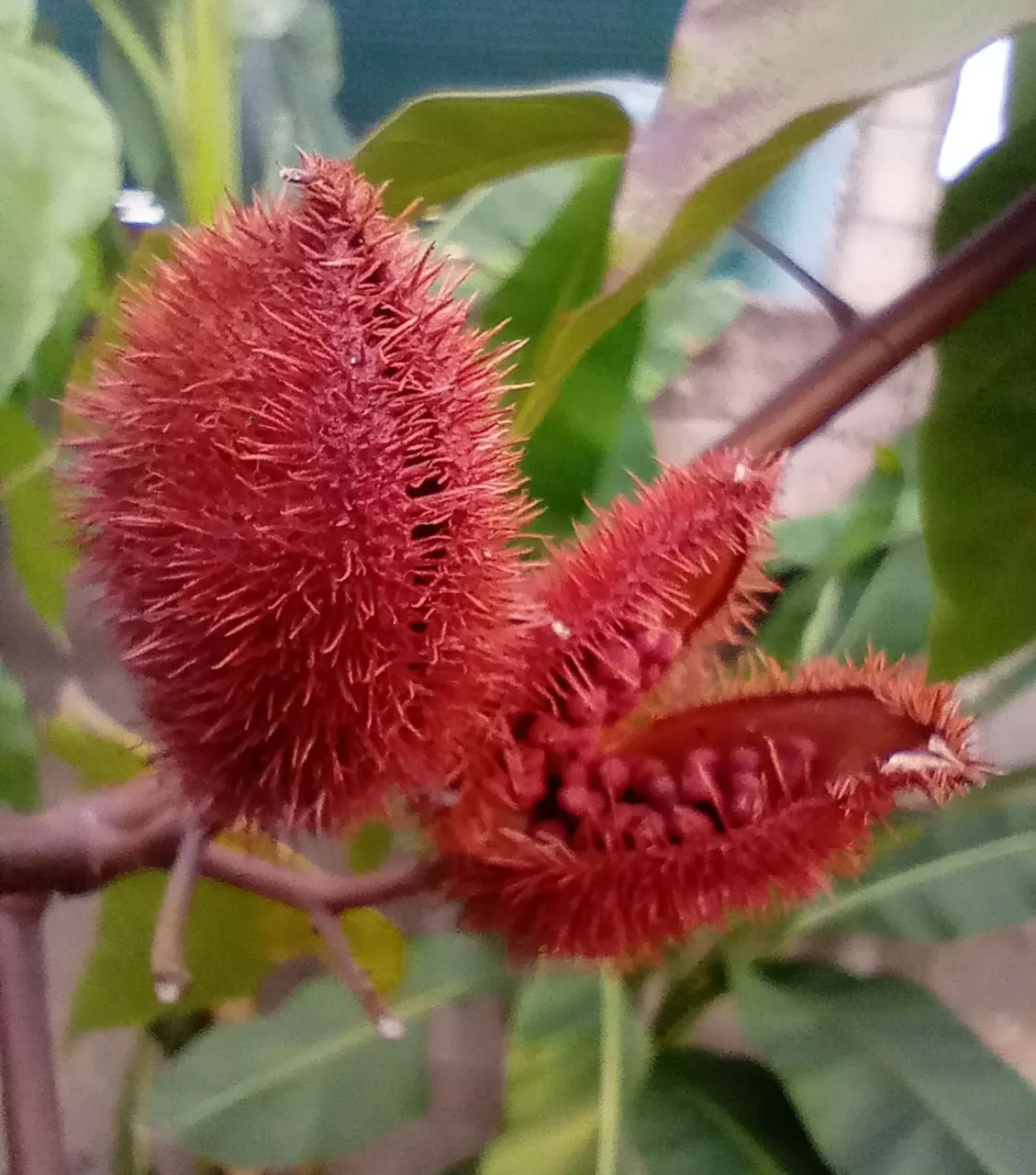
The dough to make the hallaca is colored with oil heated with the seeds of the Bixa orellana. These have a resinous and oily covering that is the pigment, called annatto. This is incorporated into the corn dough and colors it yellow, the intensity of the color depending on the amount of colored oil that we add.
La masa para hacer la hallaca se colorea con aceite calentado con las semillas de la Bixa orellana. Estas tienen una cubierta resinosa y aceitosa que es el pigmento, llamado annatto. Este se incorpora a la masa de maíz y la colorea de amarillo, dependiendo la intensidad del color de la cantidad del aceite coloreado que agreguemos.
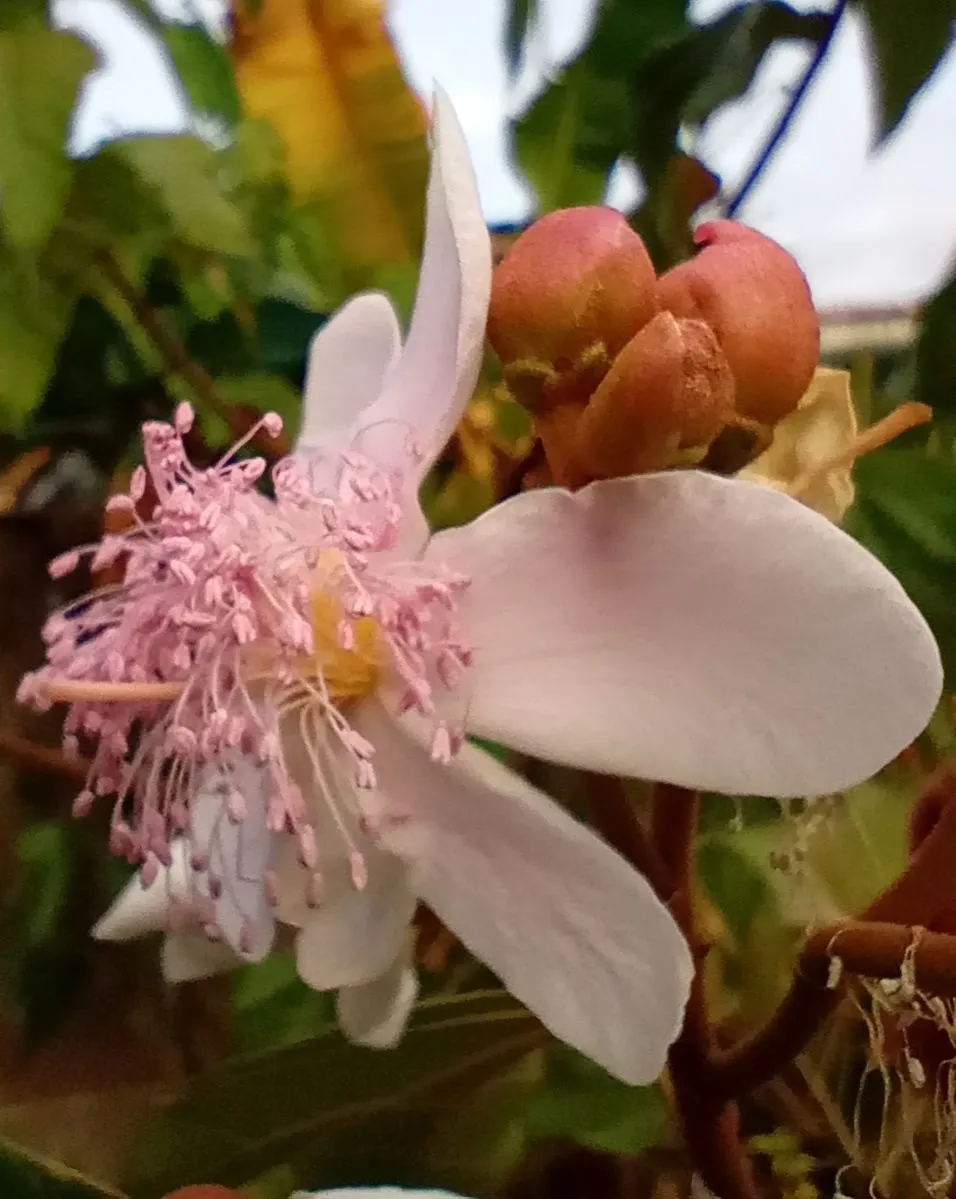
The use of the Onoto seed has existed in Latin America since pre-Columbian times, especially in Mexico and Central America, where it receives, among many other names, that of: achiote, acotillo, bijol, urucú, achiotillo, bija, bijol, potsote, uruca.
The indigenous people have used it since ancient times as a condiment, to paint their bodies in religious rites and festivals, as insect repellent and sunscreen. The ancient Aztecs used it for writing.
It gives color and flavor to food, but it also has vitamins and minerals that give it digestive, healing and cosmetic properties.
El uso de la semilla de Onoto ha existido en Latinoamérica desde la época precolombina, sobre todo en México y Centroamérica, donde recibe, entre muchos otros nombres, el de: achiote, acotillo, bijol, urucú, achiotillo, bija, bijol, potsote, uruca.
Los indígenas lo han usado desde tiempos ancestrales como condimento, para pintarse el cuerpo en ritos religiosos y fiestas, como repelente de insectos y protector solar. Los antiguos aztecas lo usaban para la escritura.
Le da color y sabor a la comida, pero también tiene vitaminas y minerales que le confieren propiedades digestivas, curativas y cosméticas.
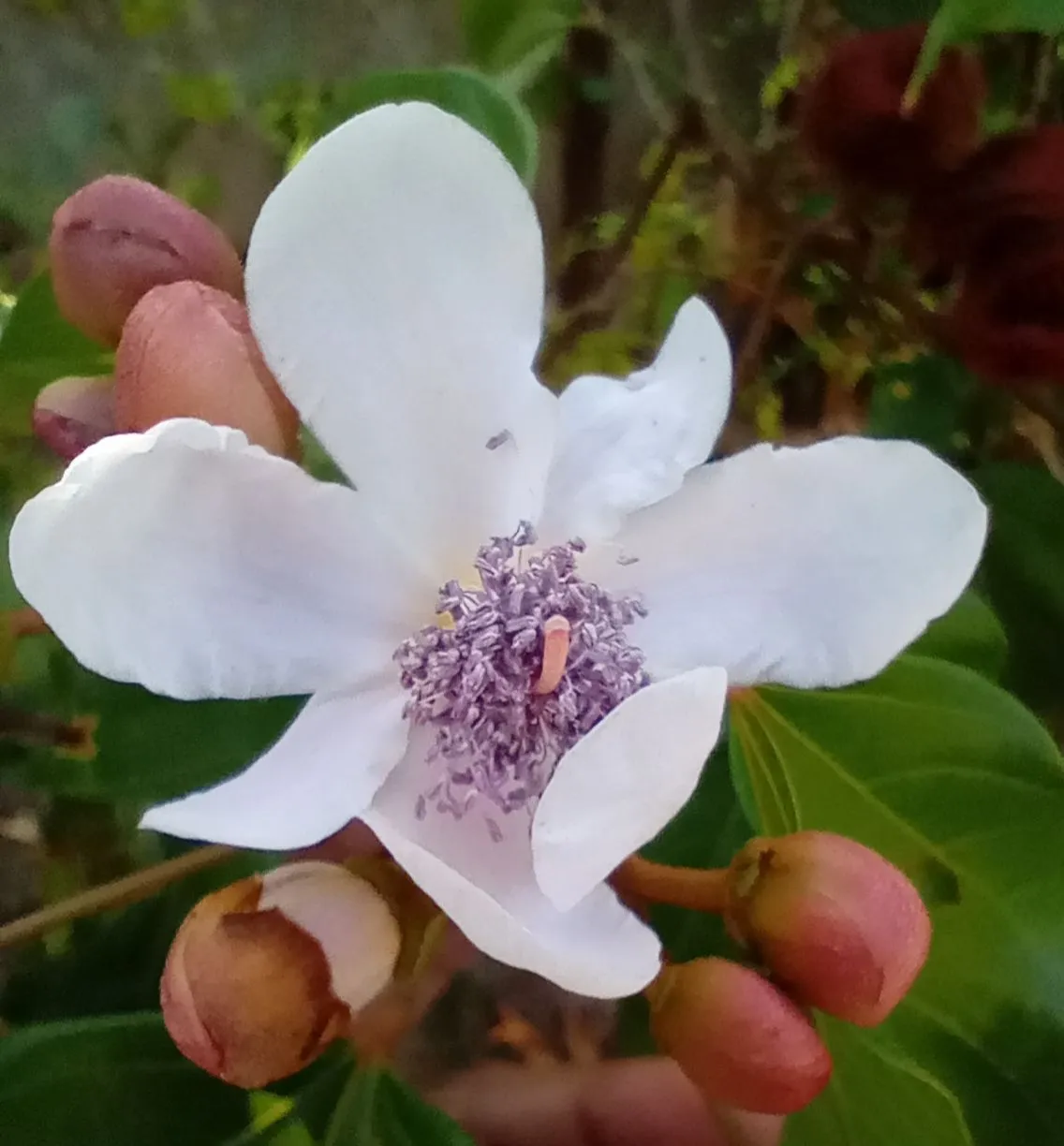
The onoto plant is a tropical perennial shrub, native to America, that can grow up to 5 meters in height and reproduces easily by seed. It has little watering or special care requirements. The flower is hermaphrodite, can be pink or lilac, has many stamens, comes out in clusters and measures about 6 centimeters. The fruit is a red capsule, from 2 to 6 centimeters, with thick hairs, which can contain about 50 seeds. Its leaves are also used for medicinal purposes and it has been shown that, like the seed, they have anti-inflammatory, antiplatelet, antioxidant, antiseptic, expectorant, hypoglycemic, healing, purgative, febrifuge, diuretic, antidysenteric, stomachic, anticancer and lipid-lowering properties.
La planta de onoto es un arbusto perenne tropical, nativo de America, que puede crecer hasta 5 metros de altura y se reproduce fácilmente por semillas. Tiene poco requerimientos de riego o cuidados especiales. La flor es hermafrodita, puede ser rosada o lila, tiene muchos estambres, sale en ramilletes y mide unos 6 centímetros. El fruto es una cápsula roja, de 2 a 6 centimetros, con pelos gruesos, que puede contener unas 50 semillas. Sus hojas también son usadas con fines medicinales y se ha demostrado que, al igual que la semilla, tienen propiedades antiinflamatorias, antiagregante plaquetaria, antioxidantes, antisépticas, expectorantes, hipoglucemiantes, cicatrizantes, purgantes, febrífugas, diuréticas, antidisentéricas, estomàquicas, anticancerígenas e hipolipemiantes.
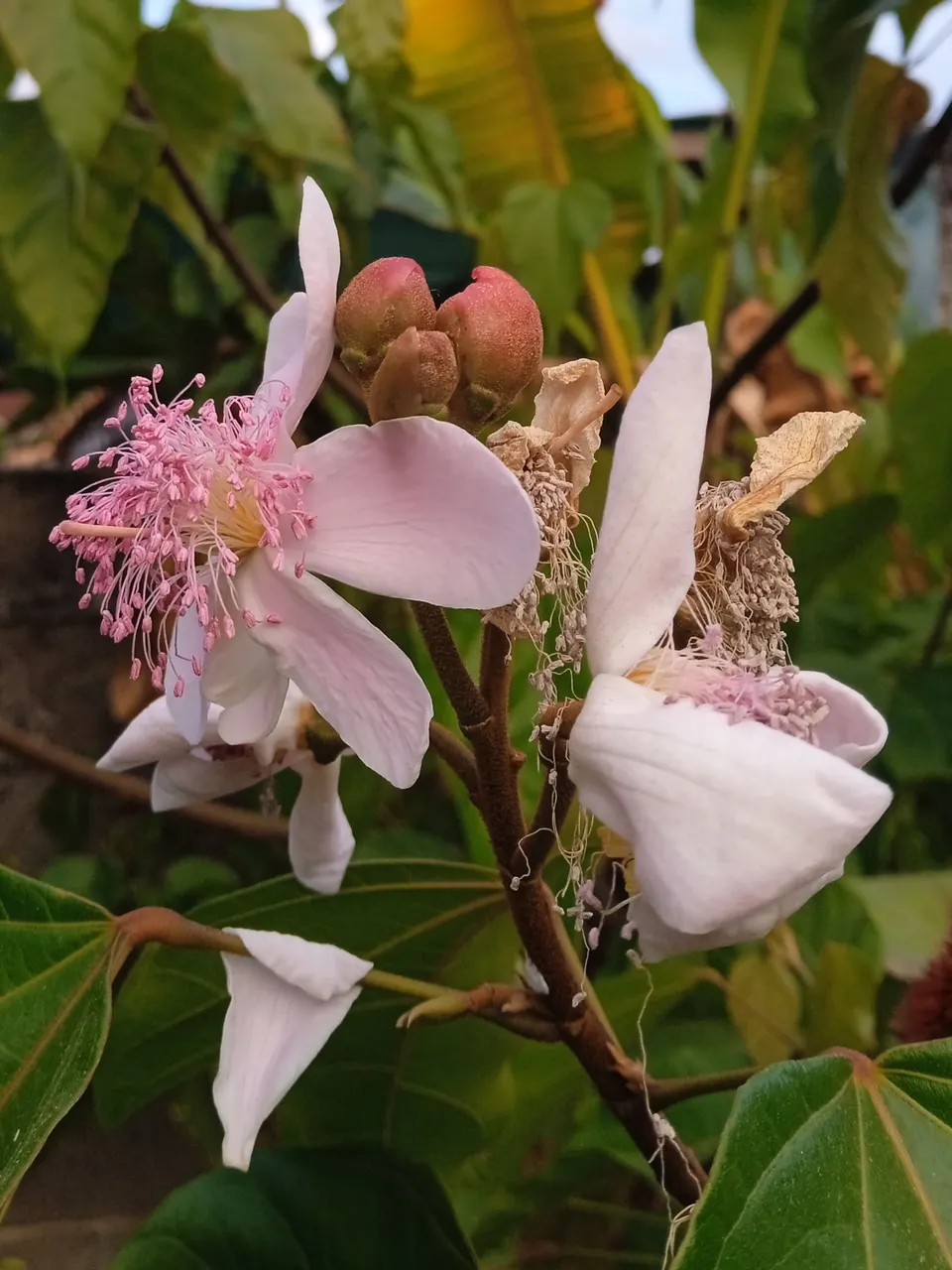
The use of onoto has spread throughout America, Asia and the Canary Islands, to the point that it is exported in powder form as a spice and has its code on the list of food colorings allowed in Europe, E160b.
The Onoto is reminiscent, due to the intensity of the color it gives, to saffron, but it gives a more yellow tint and is much cheaper. It is also used in the food industry to color butter, margarine, cheese, cereals, custard powder and others.
El uso del onoto se ha extendido a toda América, Asia e Islas Canarias, al punto que se exporta en forma de polvo como especia y tiene su código en la lista de colorantes para alimentos permitidos en Europa, el E160b.
El Onoto recuerda, por la intensidad de la coloración que da, al azafrán, pero da un tinte mas amarillo y es mucho mas barato. Es también usado en la industria alimentaria para darle color a la mantequilla, margarina, quesos, cereales, natillas en polvo y otros.
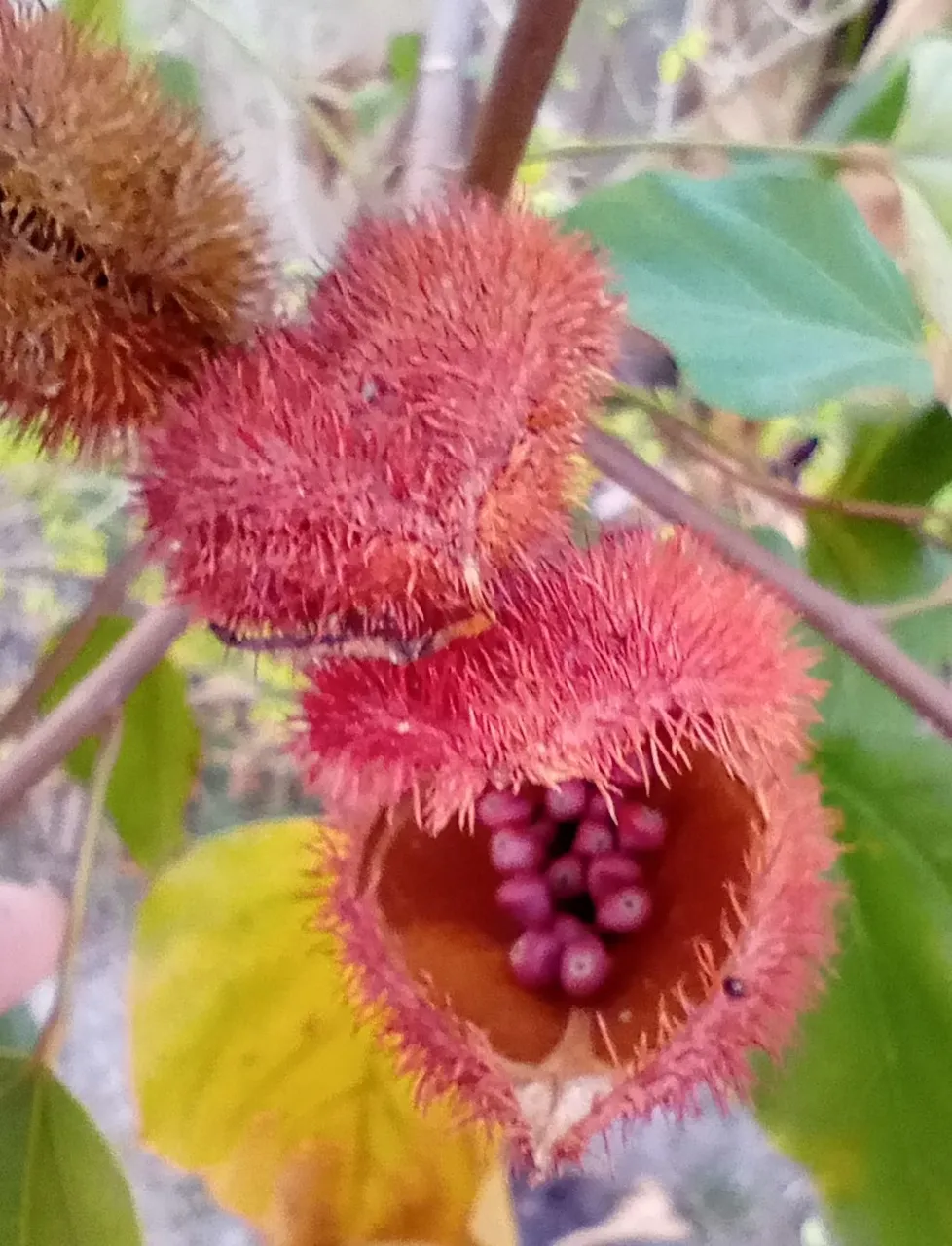
Onoto seed oil has carotenoids (bixin and norbixin) and fatty acids with antioxidant activity (tocotrienols), which are easily incorporated into creams and lotions to protect and soften hair, skin and lips.
El aceite de la semilla de onoto, tiene carotenoides (bixina y norbixina) y acidos grasos de actividad antioxidante (tocotrienoles), que son de de fácil incorporación a cremas y lociones para proteger y suavizar el cabello, la piel y los labios.
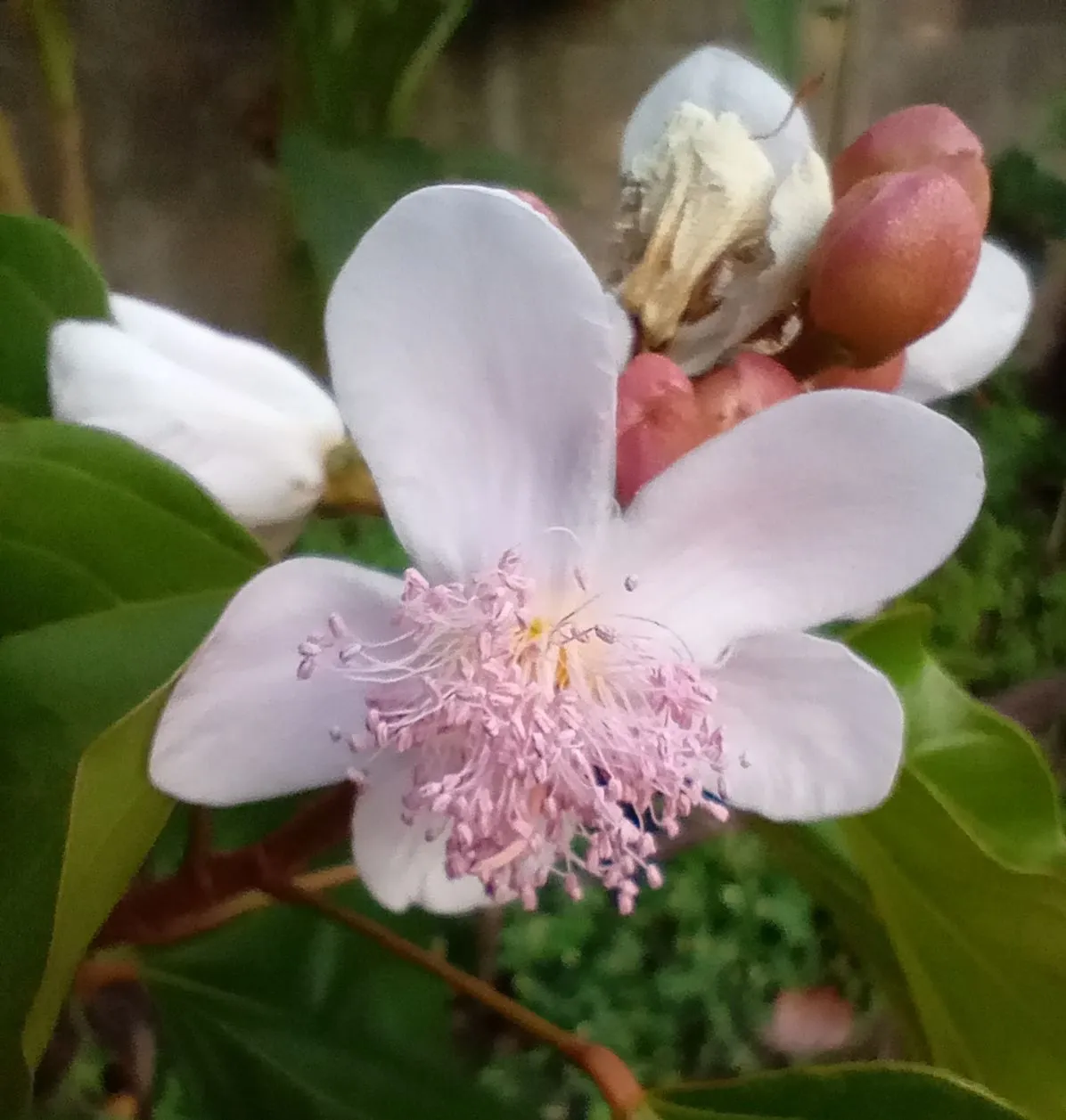
The name Bixa is due to the fact that the plant is from the bixàcea family. "Orellana" is dedicated to the Spanish explorer Francisco de Orellana.
El nombre Bixa se debe a qué la planta es de la familia de las bixàceas. "Orellana" es dedicado al explorador español Francisco de Orellana.
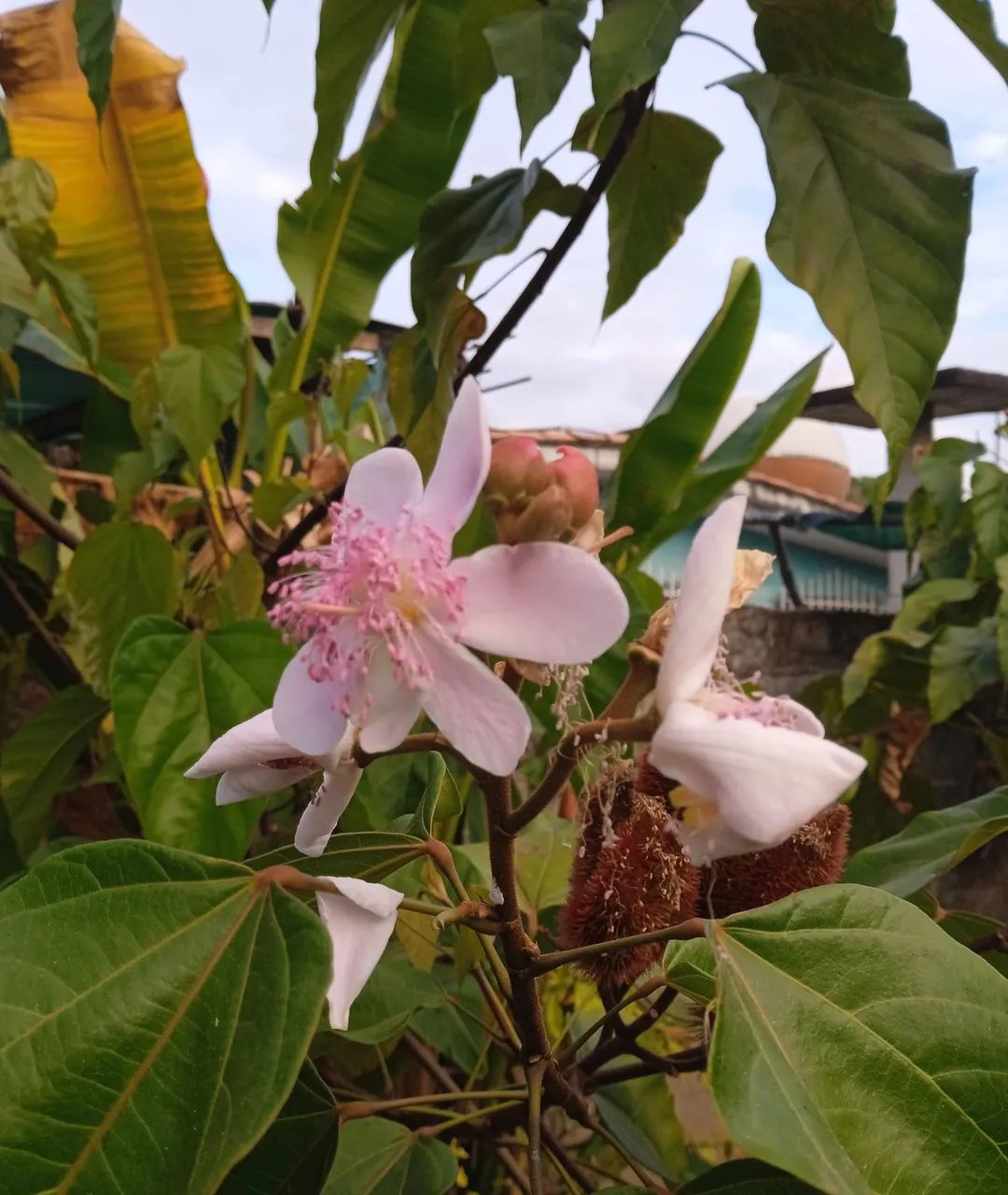
We already know about the advantages that the use of this spice brings, so there is no excuse to stop taking advantage of it. Its cultivation is easy, and it may also benefit us by helping to recover ecosystems that have been damaged by burning, logging or drought.
Ya sabemos de las ventajas que aporta el uso de esta especia, así que no hay excusa para dejar de aprovecharla. Su cultivo es fácil, y tal vez tambien nos beneficie ayudando a recuperar los ecosistemas que hayan sido dañados por la quema, la tala o las sequías.
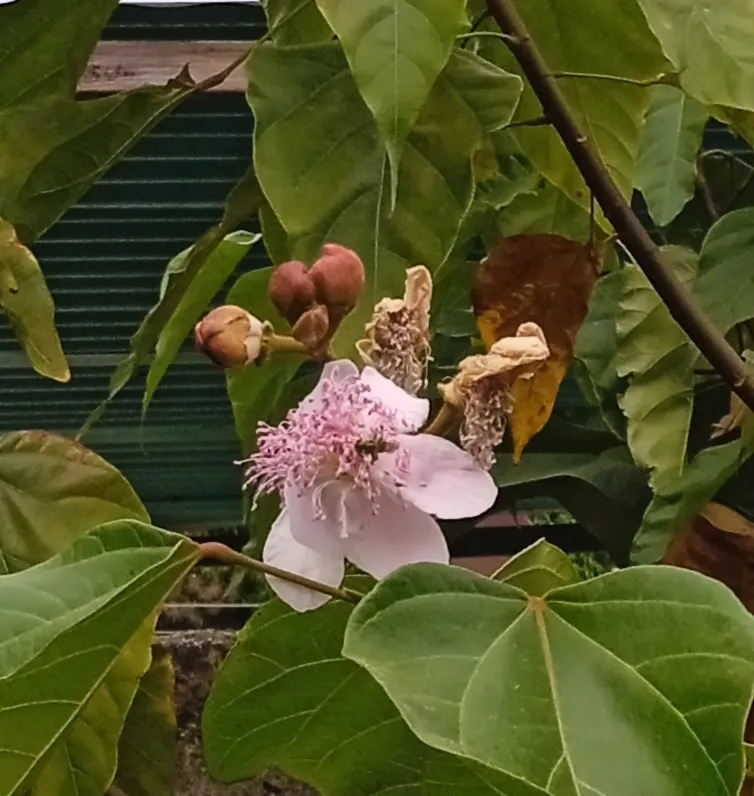
Curiosities:
Towards the east of my country, in the Juan Manuel Cagigal municipality of Anzoátegui state, there is a town called "San José de Onoto". I think maybe that region is called that because its land is rich in onoto plantations.
In Great Britain there is a brand of luxury fountain pens and accessories called Onoto
Curiosidades:
Hacia el oriente de mi país, en el municipio Juan Manuel Cagigal del estado Anzoátegui, hay un pueblo llamado "San José de Onoto". Se me ocurre que quizá esa región se llame así porque su tierra es rica en plantaciones de onoto.
En Gran Bretaña existe una marca de plumas estilográficas y accesorios de lujo llamada Onoto.
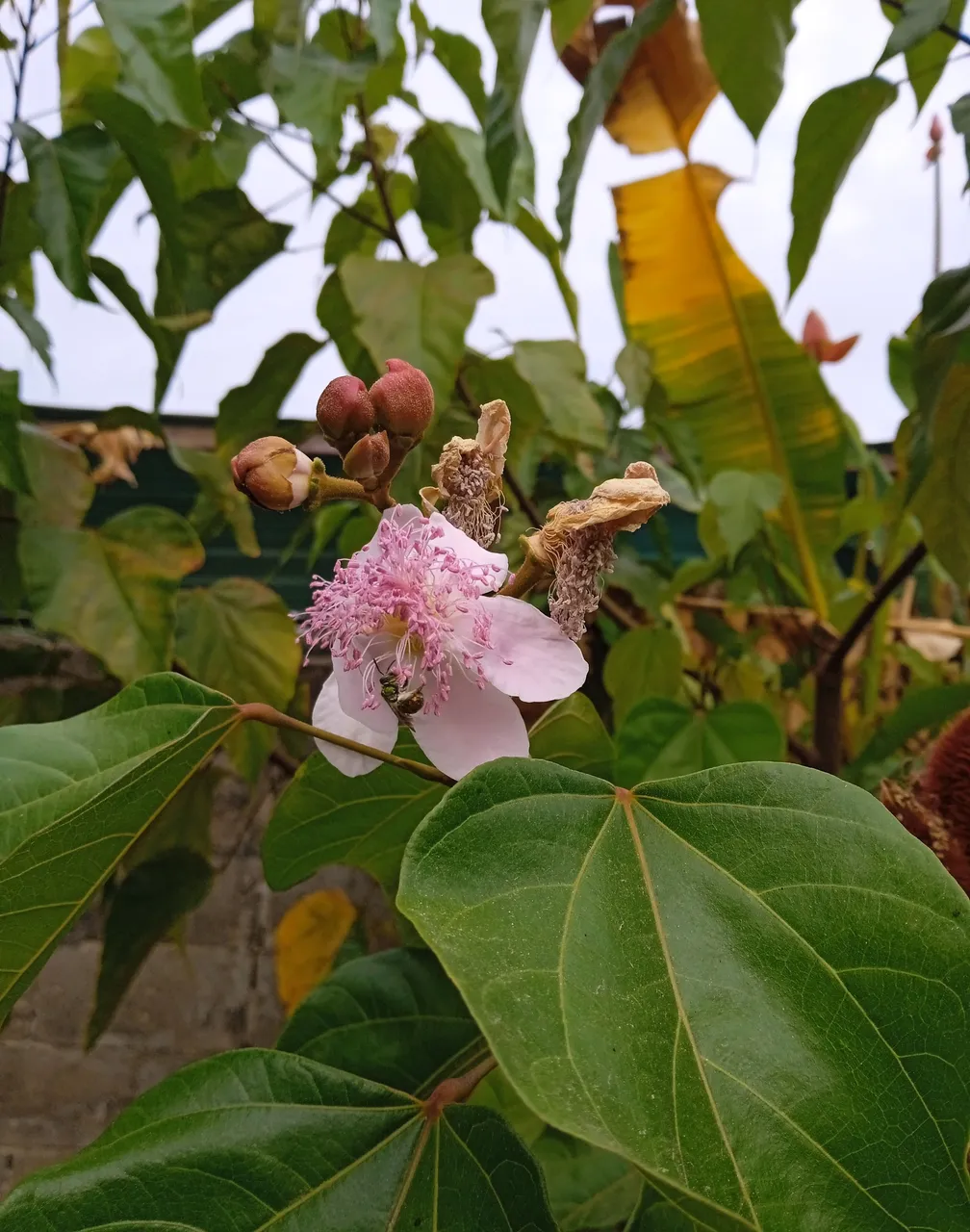
All photos were taken by myself, @elentogether, with my Xiaomi Redmi 9C smartphone. in the Libertador Municipality, Carabobo state, Venezuela.
Todas las fotos fueron tomadas por mi misma, @elentogether, con mi teléfono inteligente Xiaomi Redmi 9C. en el Municipio Libertador, estado Carabobo, Venezuela.
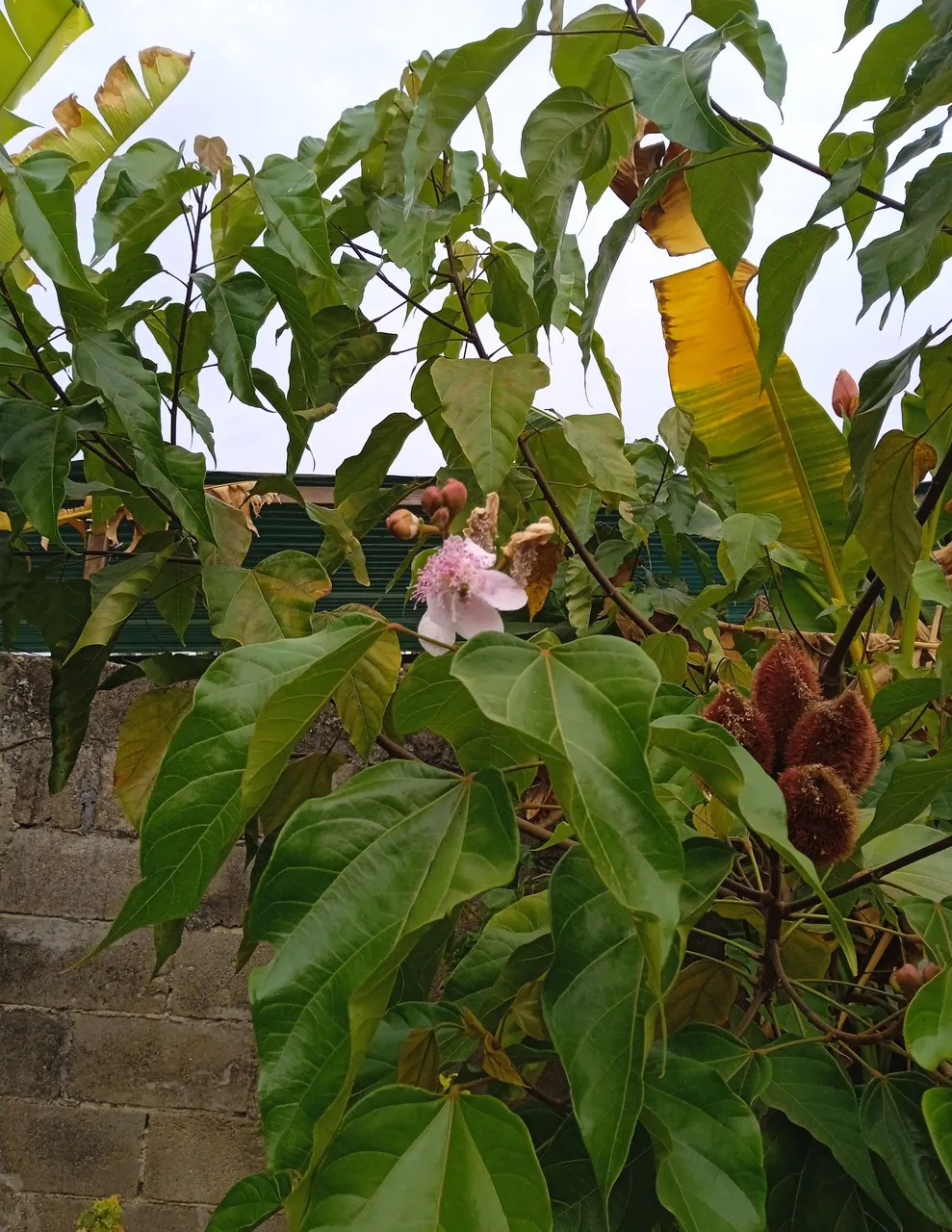
To collect information use articles that talk about Bixa orellana, in "Wikipedia", "Alsum" and "Amantes de la cocina".
Para recoger información use artículos que hablan sobre Bixa orellana, en "Wikipedia", "Alsum" y "Amantes de la cocina".
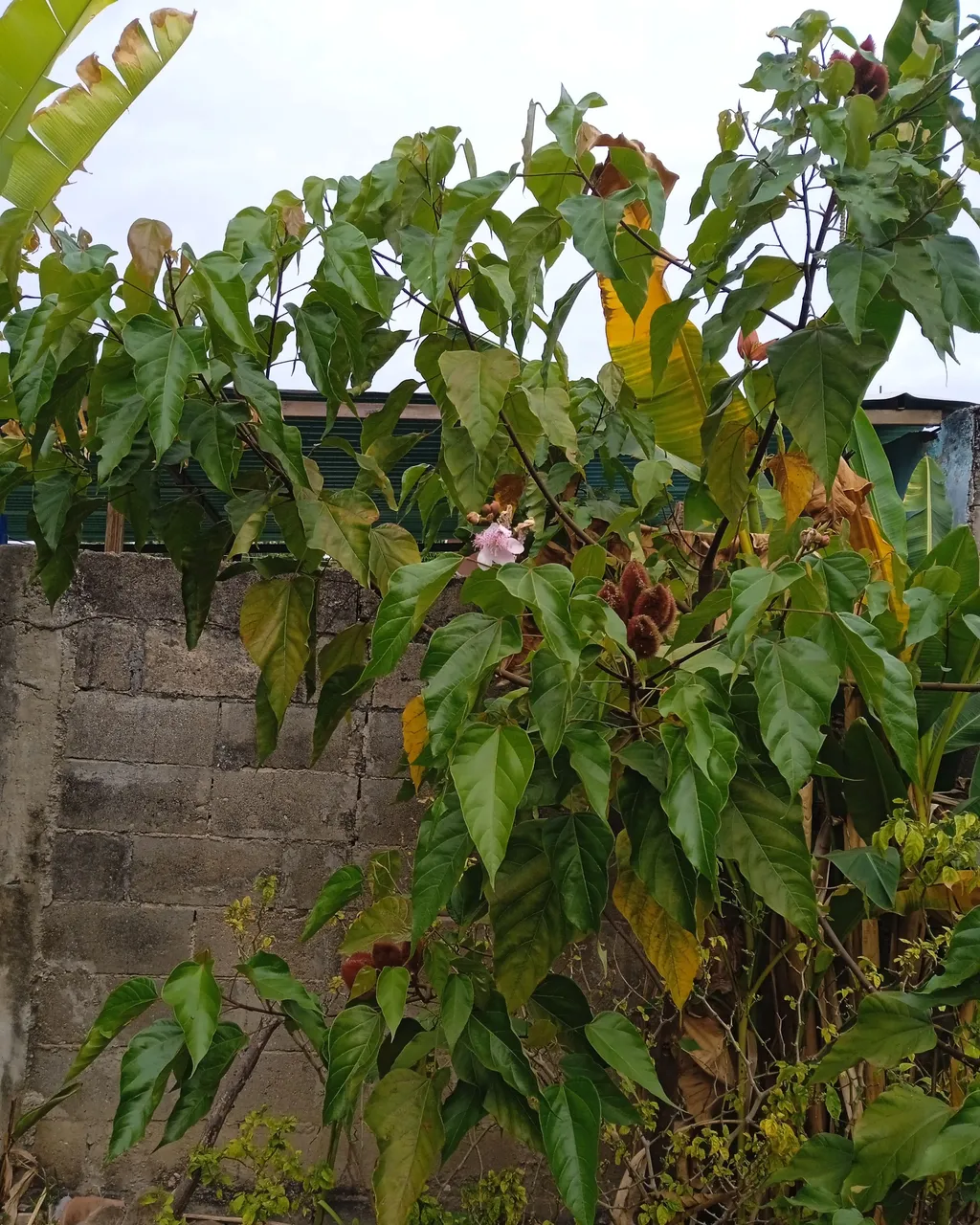
Thank you very much
Thank you very much for reading my post.
Muchas gracias por leer mi publicación.
Translated with "Google translate"
Traducido con "Google translate"

Image created with Canva and Paint
Imagen creada con Canva y Paint
References/Referencias:
https://es.wikipedia.org/wiki/Bixa_orellana
https://amantesdelacocina.com/cocina/2012/08/el-onoto/
https://alsum.co/en/handbook/onoto/
https://en.wikipedia.org/wiki/Onoto
https://en.wikipedia.org/wiki/Onoto_pens